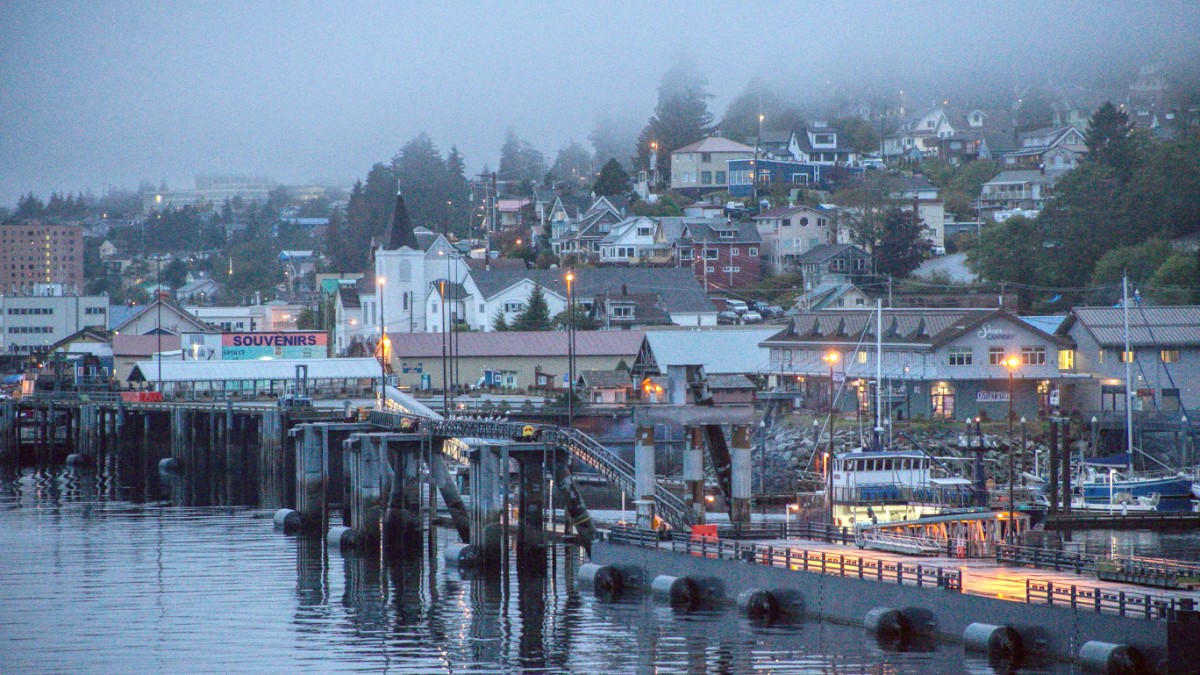
Alaska, USA
Ketchikan has a temperate rainforest climate, known for high annual rainfall. It receives over 150 inches of precipitation each year, making waterproof gear a necessary item.
Your choice of travel time directly frames your experience in Ketchikan.
Ketchikan does not experience monsoons or hurricanes. However, certain weather patterns are common.
Rain is a constant. Waterproof outer layers, including jackets and pants, are fundamental. A sturdy umbrella presents additional comfort. Frequent fog can postpone floatplane tours and scenic flights.
Peak Visitor Numbers
Mildest weather for outdoor activities, all tours and attractions operate fully, peak wildlife viewing, cruise ship access, long daylight.
Higher prices for accommodation and tours, crowds, advance booking necessary.
Transitional Weather
Fewer crowds, potentially lower prices, good wildlife viewing, May offers increasing daylight, September presents fall foliage.
Weather unpredictable with increased rain, some seasonal businesses have reduced hours or close earlier.
Quiet & Local
Fewest crowds, significantly lower accommodation prices, local life experience, unique winter beauty.
Many tours and attractions close or operate limited schedules, colder, very high precipitation, limited daylight.
July and August present peak salmon runs, drawing bears to streams. This window is the prime period for guided bear viewing tours. Consult local charters for optimal times for your preferred catch.
June through August bring the driest trails and mildest temperatures, making outdoor exploration comfortable. For cruise travel, June through August presents the full Alaska cruise experience, with all services and shore excursions at hand.
July and August (salmon runs).
May through September (various species peak at different times).
June through August (drier trails, mild temperatures).
June through August (full services available).
Shoulder seasons for mist and fall foliage.
As a part of the United States, Ketchikan follows standard federal U.S. Entry regulations.
U.S. Citizens require valid government-issued photo identification for domestic air travel. A passport is a recommendation for all travel, especially with Canadian stops.
Your passport must retain validity for at least six months beyond your intended stay, unless your country is a specific agreement waiving this. Airlines may request proof of onward/return travel.
Ketchikan, like much of Alaska, presents an expensive destination. Plan your budget carefully.
Alaska's wilderness environment and maritime setting necessitate specific awareness.
Motion sickness frequently occurs on boat tours, floatplane flights, and ferries due to choppy waters. Minor injuries like cuts or blisters can arise from hiking.
Hypothermia may occur in cold, wet weather if not dressed appropriately. Wildlife encounters, though rare in town, merit awareness in natural areas.
For police, fire, or ambulance services, dial 911. PeaceHealth Ketchikan Medical Center is the local hospital.
Emergency: 911 (Universal U.S. Number).
PeaceHealth Ketchikan Medical Center: (907) 228-8900.
Tap water in Ketchikan is generally potable. U.S. Food safety standards are high.
Drinking Water: Tap water stands safe.
Food Safety: Practice good hand hygiene.
Ketchikan presents a generally safe community with a low crime rate. Remain aware of surroundings, secure valuables. Earthquakes can occur; localized flooding and landslides are possible.
General Safety: Be aware, secure valuables.
Hazards: Earthquakes, heavy rainfall, localized flooding.
| Category | Coverage Aspect | Recommendation |
|---|---|---|
| Health | Medical emergencies, emergency evacuation | Essential for remote Alaskan travel where transport costs mount. Explore options with Insubuy. |
| Trip | Cancellation/interruption, baggage loss | Browse plans from World Nomads or SafetyWing. |
| Review | Policy details, activities coverage | Careful review confirms coverage for all planned adventures. |